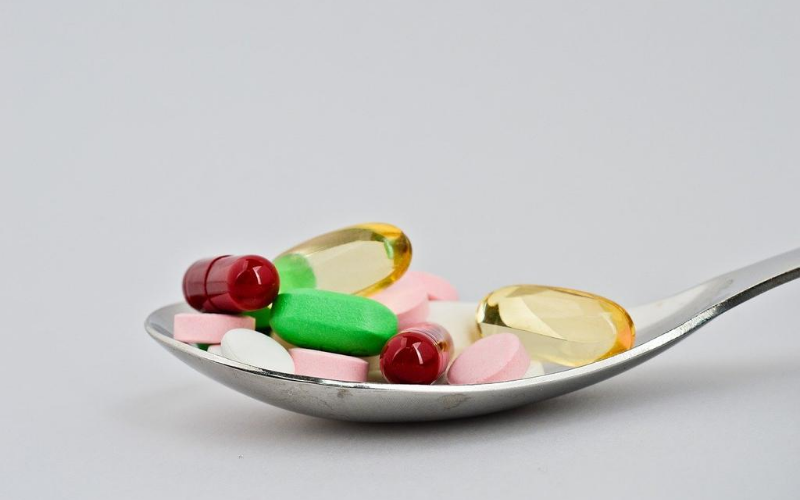
CERSI P.I. and Collaborator: Paul W. Buehler, PharmD, Ph.D., UMB School of Medicine
FDA SMEs and Collaborators: Julia Pinto, Ph.D., CDER FDA, Xiaoming Xu, Ph.D., CDER FDA, Jin Hyen Baek, Ph.D., CBER FDA
Regulatory Science Challenge
Several tablet form opioid products have been approved that contain abuse deterrent (AD) formulations to prevent crushing and nasal misuse. For example, Endo Pharma began marketing reformulated Opana ER (oxymorphone hydrochloride extended release) oral tablets in 2012, which contained a new “crush-resistant” excipient, high molecular weight polyethylene oxide (HMW-PEO). The post-marketing outcomes of the Opana ER reformulation have been both unexpected and concerning, as epidemiologic data revealed a shift in misuse patterns following reformulation from nasal to intravenous injection. This shift was also accompanied by cases of a potentially fatal blood disorder called thrombotic microangiopathy with hemolytic uremic syndrome and an outbreak of HIV in southern Indiana due to needle sharing. These outcomes led to the calling of a joint meeting of the anesthetic and analgesic drug products and the drug safety and risk management advisory committees in March of 2017, and ultimately led to the withdrawal of Opana ER from the US market. Among the many considered causes, the excipient (HMW-PEO) used in the product was thought to be a major factor leading to the rare blood disorder. Yet, similar PEO as well as other high molecular weight polymers have also been used in other opioid tablet products, raising concern over the general safety of this category of excipients, if misused via non-intended intravenous administration. Our efforts into understanding the toxicological mechanism in translational pre-clinical studies are so far consistent with observations in humans in settings of acute intravenous HMW-PEO exposures. Therefore, it remains a critical and unmet regulatory challenge to understand the toxicity of several existing abuse deterrent tablet formulations to better determine how to regulate these products, limit public health risks and if needed optimize these formulations to prevent the additional adverse consequences of their misuse.
Project Description and Goals
Project goals: To better understand the relationship between tablet formulation components, manufacturing process variations, adulteration methods, and toxicological outcomes associated with misuse and abuse HMW-PEO formulated opioid tablets. The next phases of studies will encompass preparation of abuse deterrent surrogate tablet formulations (placebo non-opioid containing), laboratory simulations of tablet adulteration and a comprehensive description of pathological outcomes in preclinical toxicology studies following intravenously administered tablet extracts.
Goal 1: Goal 1 will be to prepare placebo AD opioid tablets using various manufacturing processes.
Goal 2: Goal 2 will be physically manipulating and tampering with prepared AD tablets by milling and heating methods to create an intravenously injectable material.
Goal 3: Goal 3 will be evaluation of the adulterated materials to evaluate their in vivo toxicity profiles in a single day multiple dose study, a 3-month sub-chronic study and a 6-month chronic daily dosing study.
Top